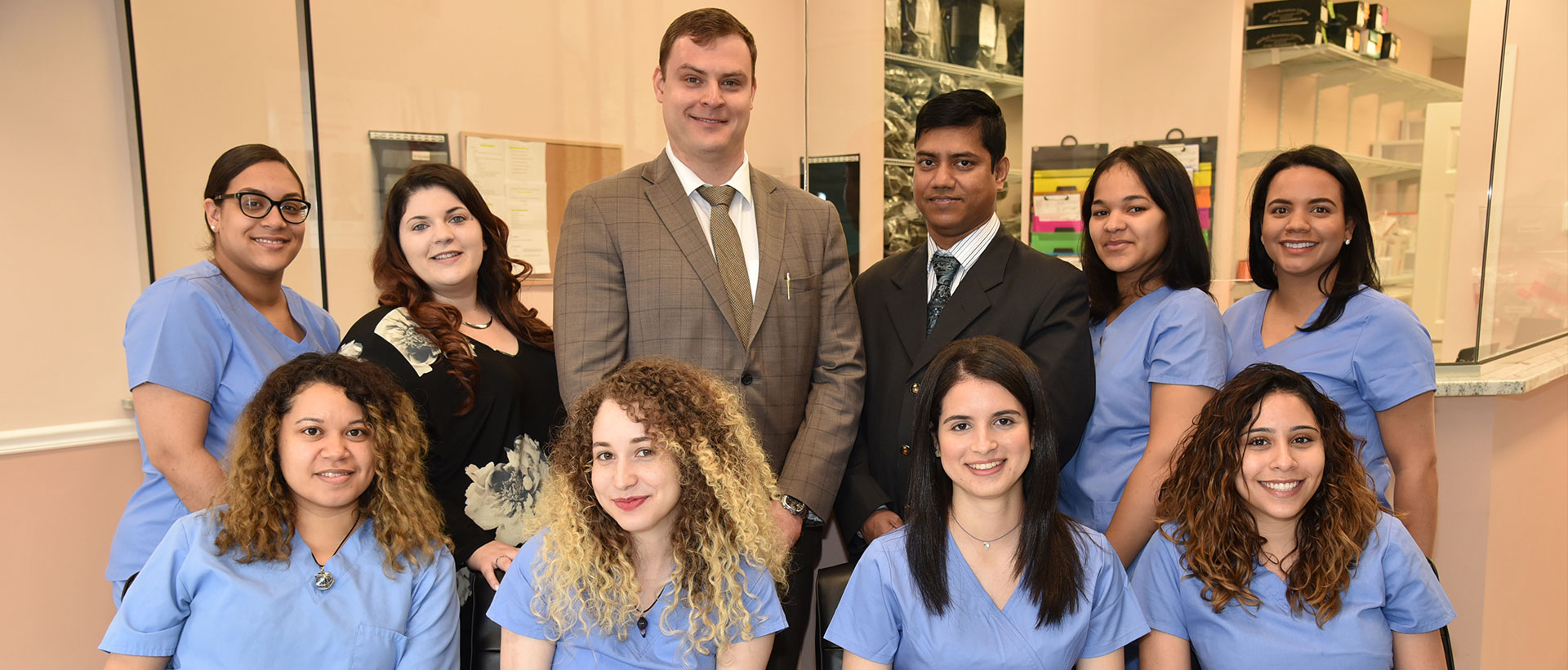Hammertoe is a common foot condition that primarily affects the second, third, or fourth toes. It is characterized by an abnormal bend in the middle joint of the toe, resembling the shape of a hammer—hence, the term “hammertoe”. This condition can be both uncomfortable and painful, influencing a person’s quality of life, mobility, and choice of footwear. In this article, we will delve into the complexities of hammertoe, its symptoms, treatment options, and common queries surrounding this condition.
About Hammertoe
Hammertoe is a deformity that occurs when an imbalance in the surrounding muscles, tendons, or ligaments responsible for holding the toe straight leads the toe to bend at the middle joint. Several factors contribute to the development of hammertoe, including genetics, arthritis, muscle imbalance, and particularly wearing ill-fitting shoes. Shoes that are too small, narrow, or high-heeled can force the toe into a bent position, and over time, the muscles of the toe may fail to straighten, even when footwear is not being worn.
Moreover, hammertoe can also result from an injury or conditions that lead to abnormal foot mechanics, such as a high foot arch. This deformity can cause the toe to point downward rather than straight forward, limiting its flexibility and movement.
Common Symptoms of Hammertoe
The symptoms of hammertoe can range from mild to severe and typically become more pronounced over time. Common indications of hammertoe include:
- Toe Deformity: The most noticeable sign of a hammertoe is a bent toe that resembles a hammer or a claw.
- Corns and Calluses: Due to the constant rubbing against the inside of the shoe, corns or calluses often develop at the top of the affected joint or at the toe’s tip.
- Pain or Discomfort: Hammertoe can cause pain, especially when walking or wearing shoes.
- Loss of Flexibility: The affected toe may become rigid and difficult to move or straighten.
- Inflammation and Redness: The affected area may appear swollen or red, particularly at the joint.
How to Treat Hammertoe
The treatment of hammertoe primarily focuses on relieving symptoms and halting its progression. In the early stages, when the hammertoe is still flexible, several non-surgical treatment options can be effective:
- Footwear: Wearing comfortable shoes with a roomy toe box can prevent further bending of the toe and alleviate discomfort. Avoid high heels or shoes with narrow toe areas.
- Orthotic Devices: Over-the-counter or custom-made shoe inserts can help correct the imbalance and reduce pressure on the toe.
- Exercises: Toe stretching and strengthening exercises can help restore muscle balance and improve toe flexibility.
- Medications: Over-the-counter pain relievers and anti-inflammatory medications can help manage pain and swelling.
In severe cases, when the toe has become rigid or when non-surgical treatments fail to provide relief, surgical intervention may be necessary.
Hammertoe FAQs
Can I prevent hammertoe?
Yes, wearing properly fitted shoes, particularly ones with enough toe box area, can help prevent hammertoe. Also, avoid wearing high-heeled shoes for extended periods.
Is hammertoe a serious condition?
Hammertoe itself is not life-threatening, but if left untreated, it can lead to severe pain and loss of mobility.
Can exercises cure hammertoe?
Exercises cannot cure hammertoe but can help improve flexibility, strength, and reduce pain.
Are certain individuals more prone to developing hammertoe?
Yes, individuals with a high foot arch, arthritis, or certain genetic factors are more susceptible.
Does hammertoe always require surgery?
No, surgery is usually the last resort for treating hammertoe and is considered only if non-surgical treatments fail to provide relief.
Can hammertoe be genetic?
Yes, in some cases, hammertoe can be hereditary. If you have family members with hammertoe, you may be at a higher risk of developing the condition.
What is the difference between a hammertoe and a mallet toe?
A hammertoe and a mallet toe are both deformities, but they affect different joints of the toe. A hammertoe causes a bend in the middle joint of the toe, while a mallet toe affects the joint closest to the tip of the toe.
Does hammertoe affect children?
While hammertoe most commonly affects adults, it can occur in children who habitually wear ill-fitting shoes or have a genetic predisposition. However, it is essential to consult with a pediatric podiatrist for a proper diagnosis and treatment plan.
Can I continue to engage in physical activities if I have a hammertoe?
It depends on the severity of your condition and the type of activity. Low-impact activities may be fine, but it’s best to consult with your healthcare provider or a podiatrist to assess your specific situation and provide appropriate guidance.
How long does it take to recover from hammertoe surgery?
Recovery from hammertoe surgery varies with the specific procedure performed and the individual’s overall health. Generally, it may take a few weeks to several months for complete recovery. Post-operative care and following your surgeon’s instructions are crucial for a successful recovery.
Hammertoe is a prevalent foot condition that can lead to significant discomfort and inconvenience for those affected. Its distinctive appearance, resembling the shape of a hammer, makes it easily identifiable. While hammertoe can be caused by various factors, the improper fitting of shoes and high-heeled footwear remains one of the primary culprits. The deformity can restrict toe movement, leading to pain, corns, and calluses.
However, the outlook for hammertoe is optimistic when addressed promptly and appropriately. Early detection and intervention with non-surgical methods, such as wearing comfortable shoes with ample toe room, using orthotic devices, and performing stretching exercises, can effectively manage the condition and alleviate symptoms. These measures can prevent the hammertoe from worsening and reduce the need for more invasive treatments.
It is crucial for individuals experiencing symptoms of hammertoe to seek professional medical advice from a podiatrist or healthcare provider. A proper diagnosis can ensure appropriate treatment tailored to the specific needs of each patient. While non-surgical interventions are the first line of defense, surgical options may be considered when hammertoe becomes rigid or when non-invasive approaches do not provide relief.















